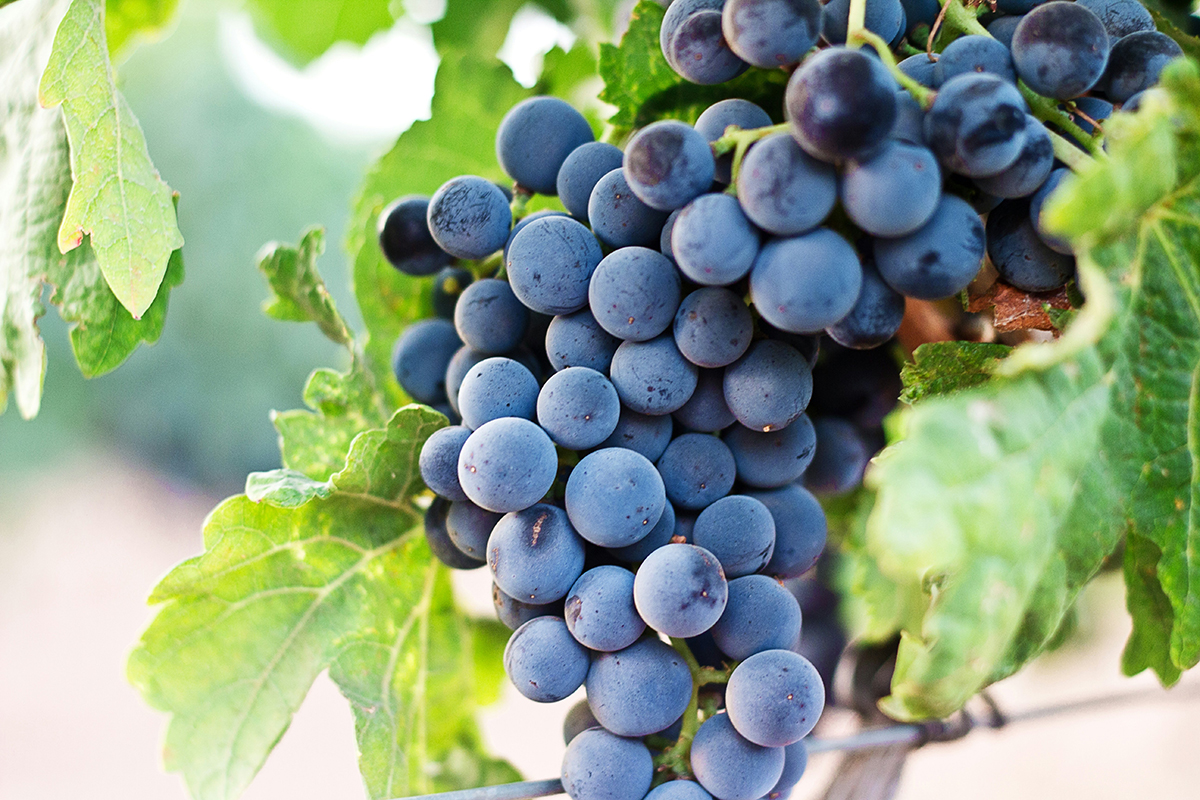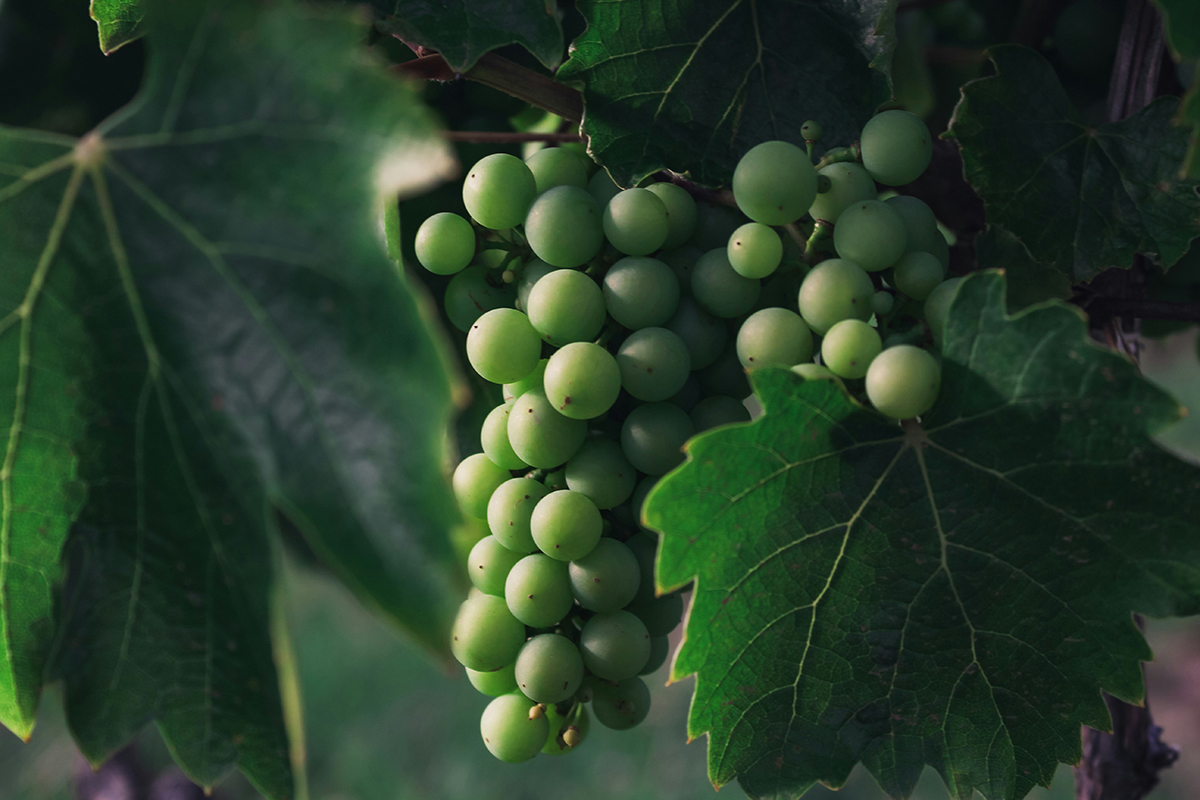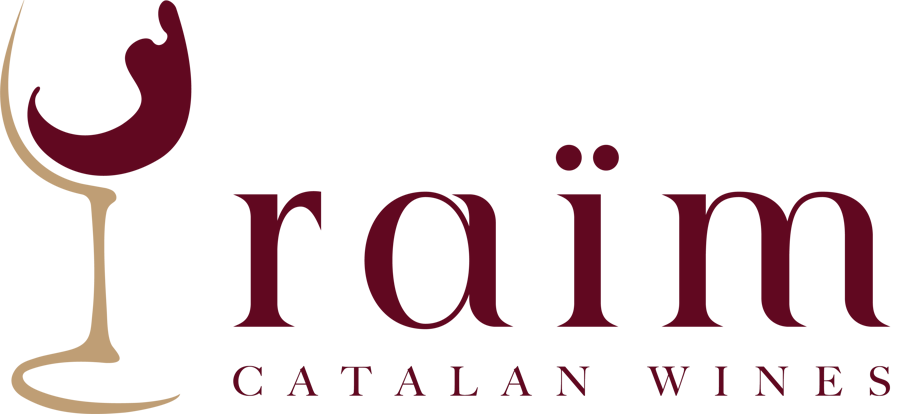Cava Grape Varieties: tradition & complexity in sparkling wine

Celebrated for its elegant structure and complex bouquet, Cava owes much of its character to the traditional method, fundamental to its identity as a high-quality sparkling wine.
But what truly defines Cava beyond its production technique is the selection of grape varieties that is elaborated with, providing a sense of authenticity and a strong local connection that sets it apart from its northern brother Champagne.
Produced mainly in Catalonia's Penedès, these are the grape varieties that make of Cava a unique sparkling wine on its own:
1. Traditional White Grapes
Classic Cava is predominantly made from three native white grapes, each of them adding an essential contribution to the traditional blend:
Macabeu
Originated in the Penedès region of Catalonia, Macabeu is known as the backbone of Cava, providing freshness, balanced acidity and delicate aromas to its classic coupage.
Characteristics of Macabeu
- Medium-sized berries with thick skin and tightly packed bunches.
- A late ripening variety, it yields balanced wines with fruity flavors and a strong aging potential.
How does Macabeu contribute to Cava?
- Generally used as part of the traditional blend along native Xarel·lo and Parellada.
- It brings liveliness, freshness and fruitiness to Cava.
Xarel·lo
With 99% of its vineyards planted in the Penedès, Xarel·lo adds body and structure to Cava, enhancing its longevity and ensuring optimal balance and aging potential.
Characteristics of Xarel·lo
- Compact bunches of medium-sized, thick-skinned berries.
- With medium budding and maturity, Xarel·lo is rich in sugars and has a high alcohol content.
How does Xarel·lo contribute to Cava?
- Xarel·lo is valued by Cava winemakers because it brings earthiness and a vibrant acidity to the blend, adding complexity and longevity.
- For long-aged Cavas, the percentage of Xarel·lo determines (and guarantees) the balance of the coupage.

Parellada
Grown in Catalonia’s northern Penedès, Parellada is a light and delicate grape that adds finesse and elegance to the traditional Cava blend. It thrives in higher areas, delivering aromatic wines with a high aging potential.
Characteristics of Parellada
- Medium-sized berries, with early budding and very late ripening.
- Although its cultivation adapts to all types of soil, the best qualities of Parellada are found at higher altitudes, providing good acidity and complexity in the blend.
How does Parellada contribute to Cava?
- Parellada produces well-structured, fruity and elegant wines.
- It brings finesse, smoothness, and vitality to Cavas.
2. Authorized Red Grapes
For a Rosé type of cavas (Cava Rosat) or cavas elaborated as a Blanc de Noirs, the following red varieties are permitted:
Garnatxa
With vivid notes of red berries, Garnatxa adds character and roundness to rosé styles of Cava, contributing in deeper color and bolder fruit flavors, especially in richer expressions.
Characteristics of Garnatxa
- Early budding and late ripening. It produces medium-sized, delicately compact bunches with round, thin-skinned berries.
- With a high alcoholic potential, Garnatxa has a great longevity and must be harvested early to produce rosé Cava.
How does Garnatxa contribute to Cava?
- While used for both white and rosé Cava, Garnatxa is more commonly used in small quantities for rosé, requiring a minimum of 25% in the base wines.

Trepat
Native to the Conca de Barberà wine region in Catalonia, Trepat is ideal for rosé Cavas, providing elegant fruit aromas, balanced acidity, and spicy undertones.
Characteristics of Trepat
- Compact bunches of large berries and relatively thick skin, with early budding and late ripening.
- Trepat is characterised by its red fruit aromas, such as strawberry, raspberry and cherry.
How does Trepat contribute to Cava?
- This variety is ideal for making Rosé Cavas with intense colour, moderate alcohol, and soft tannins.
- It also adds elegance and subtlety to the whole blend, providing delicate flavours and complex aromas.
Monastrell (Mataró, Mourvèdre)
Primarily used for rosé Cavas, Monastrell adds richness, color, and a more robust profile to Cava. It also contributes with bolder fruit flavors, fine alcohol-acidity balance, and good aging potential.
Characteristics of Monastrell
- Medium-sized grapes, with large berries and thick skin.
- With a late budding and ripening, Monastrell is very susceptible to drought, and thus suitable for calcareous soils that provide a limited but regular water supply.
How does Monastrell contribute to Cava?
- Though basically intended for the production of rosé Cavas, Monastrell is also used in the composition of certain base wines, both white and rosé, to which it provides alcohol content and moderate acidity.

3. International Additions
To increase quality and diversity, the Cava regulatory board introduced the addition of 2 international grape varieties for its elaboration process:
Chardonnay
Authorized for Cava production since 1986, Chardonnay brings richness, elegance, and aging potential to Cava. Especially common in Gran Reserva styles, this adaptable international grape adds persistence and delicate fragrances to the Cava blend.
How does Chardonnay contribute to Cava?
- Great persistence in the mouth, with great aromatic power and high alcohol content.
- For the production of Cava, the harvest of this grape must be brought forward, due to its richness in sugars and therefore its potential alcoholic content.
Pinot Noir
Accepted for Cava production since 1998, Pinot Noir adds elegance, structure, and depth, especially in rosés and premium Cavas. It can be vinified both as Blanc de Noirs and as Rosé type of Cava.
How does Pinot Noir contribute to Cava?
- This variety produces fruity and aromatic sparklings, enhancing the crown of foam and the bubbles in the glass.
- It also provides persistence in the mouth and fine aromas to the wine.
4. Difference between Cava and Champagne grapes:
A key distinction between Cava and Champagne lies in the climate and terroir their grape varieties have adapted to:
Champagne's continental climate, with harsh and cold winters, contrasts with the Mediterranean conditions of the Cava production region, with moderate rainfall, dry summers, and mild winters.
However, the unique blend of native and international grape varieties is what gives Cava its distinct character as the vibrant, high quality sparkling wine that it is today.
Article by Raim Catalan Wines ©ALL RIGHTS RESERVED.
